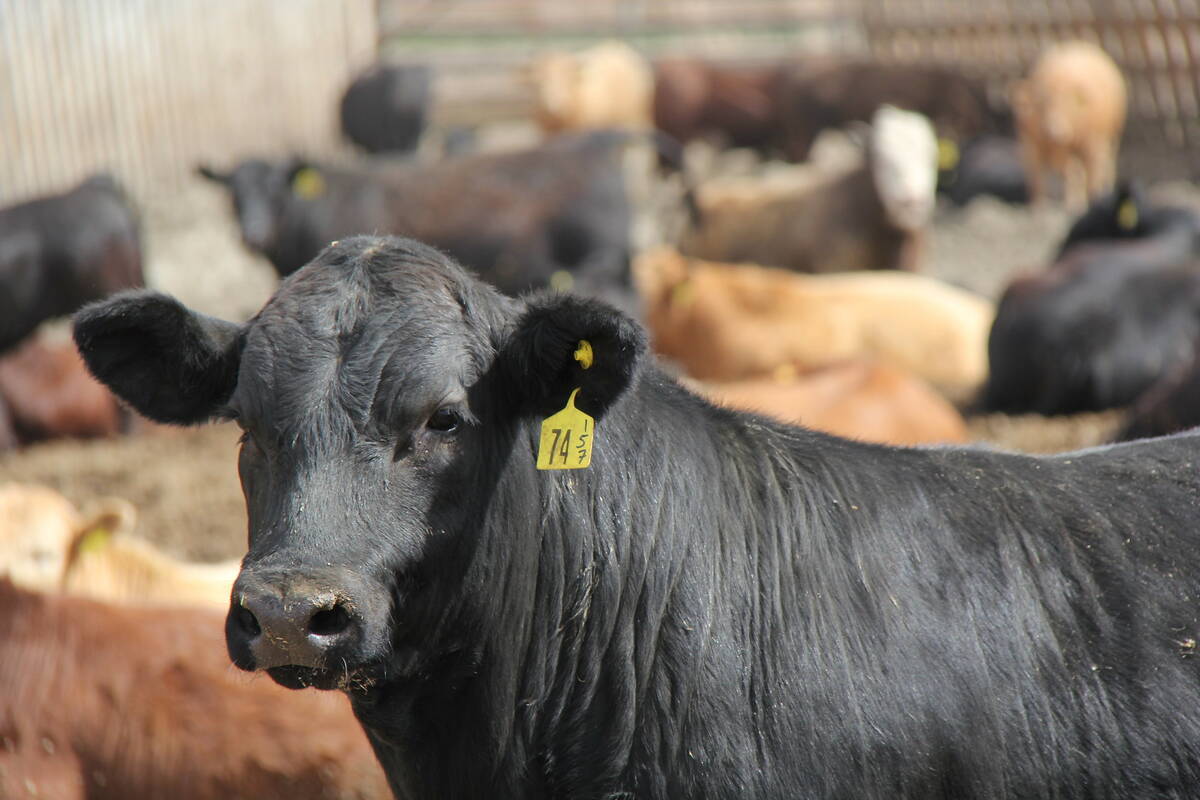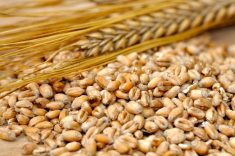Compared to last week, western Canadian feeder cattle markets traded steady to $2 higher on average. Alberta packers were buying fed cattle on a dressed basis in the range of $353-$357/cwt delivered last week, up from the average price of $348/cwt delivered seven days earlier.
Strength in the fed cattle market continues to support the feeder complex. Finishing feedlots were aggressive across all weight categories. Demand for grassers was limited with most feeder cattle heading straight to the feedlot. Many feedlot operators are expecting heifer retention to result in lower feeder supplies this fall. Therefore, we’re seeing finishing feedlots secure fall yearling volume with purchases of calves under 600 pounds. Secondly, there is a sharp inverse between old- and new-crop barley prices. Cattle under 650 lbs. will have the bulk of their gains with lower-priced new-crop barley. Cattle feeders are expecting a year-over-year increase in Canadian barley acreage. Buyers are making purchases on calves expecting significant downside in new-crop barley prices. Fleshier cattle were discounted accordingly.
Read Also

U.S. livestock: Feeder cattle hit record high on tight supply, strong cash prices
Chicago | Reuters – Chicago Mercantile Exchange feeder cattle futures scaled to a record high on Wednesday on strong cash…
In central Alberta, red Limousin-based steers with medium to lower flesh, on controlled weight gain, averaging just under 950 lbs., sold for $244. In the same region, Simmental blended heifers with lighter butter scaling at 925 lbs. dropped the gavel at $224. Northwest of Winnipeg, Angus-based steers weighing 855 lbs. reached up to $257 and lower-flesh tan heifers averaging 810 lbs. silenced the crowd at $247. North of Calgary, mixed heifers with medium flesh reported at 840 lbs. charted course at $236. In the Lethbridge area, red light-fleshed steers weighing 780 lbs. were quoted at $280.
In Manitoba, lower-flesh black steers weighing 700 lbs. were purchased for $293. West of Saskatoon, Simmental-based lower-flesh steers read at 740 lbs. were valued at $277 and mixed heifers averaging 690 lbs. were bid up to $260. In the Lethbridge area, black thinner steers scaled at 684 lbs. sold for $306. South of Edmonton, larger-frame Simmental blended weaned steers on light barley diet with full health records weighing 622 lbs. last touched $320.
In the Red Deer region, Angus-based steers on light grain diet with full health data weighing 520 lbs. were last quoted at $$338. East of Saskatoon, Charolais-based steers weighing just over 500 lbs. reached up to $340 and similar-quality and -weight heifers were quoted at $301. In central Alberta, tan steers scaled at 430 lbs. sold for $392 and in Manitoba, Charolais-based steers weighing 428 lbs. silenced the crowd at $382.
Larger feedlot operators were silently buying quality backgrounded low-flesh cattle direct off farm. Buyers want to know where the cattle are coming from, because weight gains are costly on cattle fed too much grain too early. There is overwhelming optimism and the feeder market is being bid up so that margins are being squeezed in the deferred positions. Cattle feeders are shrugging off economic vulnerability due to the high interest rate environment and the global banking crisis.
— Jerry Klassen is president and founder of Resilient Capital, specializing in proprietary commodity futures trading and market analysis. Jerry consults with feedlots on risk management and writes a weekly cattle market commentary. He can be reached at 204-504-8339 or via his website at ResilCapital.com.
















